Introduction
Bananas, with their sweet flavor, nutritious profile, and convenience, are a staple in many households worldwide. Whether enjoyed on their own, incorporated into smoothies, baked into desserts, or used as a natural sweetener in cooking, bananas offer a versatile array of culinary possibilities. However, purchasing bananas at the perfect stage of ripeness can be challenging. Often, consumers find themselves with either overripe fruit that’s too soft and bruised or underripe bananas that are too firm and lacking in flavor. Understanding how to ripen bananas effectively can enhance their taste, texture, and overall enjoyment. This comprehensive guide explores various methods for ripening bananas, from natural techniques to accelerated methods, ensuring you always have perfectly ripe bananas at hand.
Understanding Banana Ripening
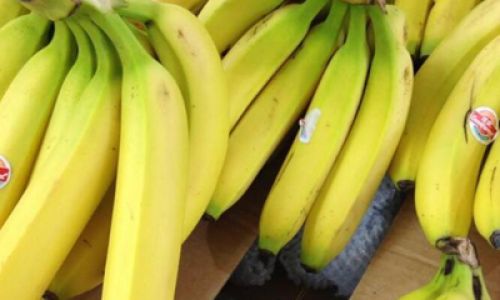
Banana ripening is a complex biochemical process involving the breakdown of starches into sugars, changes in pigmentation, and softening of the fruit’s cell walls. This transformation is triggered by the production of ethylene gas, a plant hormone that promotes ripening. As bananas mature, they emit increasing amounts of ethylene, accelerating the ripening process. Understanding this natural progression is crucial for effectively managing the ripening of bananas.
Natural Ripening Methods
-
Room Temperature Ripening
The simplest and most straightforward method of ripening bananas is to leave them at room temperature. Placing bananas on a kitchen counter or a sunny windowsill allows the natural ethylene production to take its course. The warmth of the room accelerates the ripening process, making the bananas softer and sweeter over time. This method is ideal for those who prefer a gradual ripening process and have the patience to wait a few days. -
The Paper Bag Trick
For those who want to speed up the ripening process slightly without resorting to artificial means, using a paper bag can be effective. Placing bananas in a brown paper bag traps the ethylene gas they emit, creating a concentrated environment that accelerates ripening. The paper bag allows for some airflow while retaining enough ethylene to expedite the process. Simply place the bananas in the bag, fold it closed, and check them daily until they reach your desired ripeness.
-
Banana Bunching
Another natural method to enhance ripening is by bunching bananas together. When bananas are still on the plant, they ripen collectively due to the ethylene they produce. This principle can be applied at home by placing several bananas in close proximity to each other. By grouping bananas together, the combined ethylene emissions create a microclimate that speeds up ripening. This method is particularly useful if you have several bananas that need ripening simultaneously.
Accelerated Ripening Methods
While natural methods are preferred for their simplicity and lack of artificial intervention, there are situations where accelerated ripening is desirable. Here are some effective techniques to ripen bananas more quickly:
-
Using an Apple or Tomato
Apples and tomatoes are known to produce high levels of ethylene. Placing a ripe apple or tomato in a sealed container or paper bag with bananas can significantly speed up the ripening process. The ethylene emitted by the apple or tomato creates an environment conducive to rapid ripening. Ensure the container or bag is sealed to trap the ethylene, and check the bananas periodically to avoid over-ripening.
-
Rice Acceleration
An unconventional but effective method for ripening bananas quickly is using rice. The starchy environment of rice acts as a catalyst for ethylene production, accelerating the ripening process. Simply bury the bananas in a bowl of uncooked rice, ensuring they are fully covered. The rice retains heat and moisture, creating an ideal environment for rapid ripening. Check the bananas every few hours, as this method can quickly lead to over-ripening. -
Ethylene Gas Injection
Commercial growers often use ethylene gas injection to ripen bananas quickly and uniformly. This method involves exposing bananas to controlled concentrations of ethylene gas in a sealed chamber. While effective, this method is not practical for home use due to the specialized equipment required and safety considerations. However, it illustrates the powerful impact of ethylene on banana ripening.
Controlling Ripening with Storage Techniques
In addition to accelerating ripening, understanding how to slow it down can be equally beneficial. Proper storage techniques can extend the shelf life of bananas and allow you to manage their ripening at your convenience.
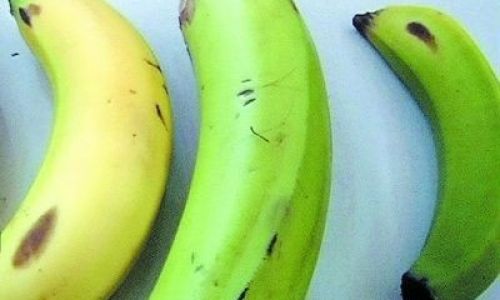
-
Refrigeration
While refrigeration slows down the ripening process of many fruits, it is not ideal for bananas. Cold temperatures can turn the fruit’s skin black while the inside remains firm and underripe. However, if you need to temporarily halt the ripening process, wrapping bananas individually in plastic wrap and placing them in the refrigerator can slow it down for a few days. Be aware that this will not stop ripening completely and the bananas should be consumed soon after removing them from the fridge. -
Separation of Green and Yellow Bananas
When purchasing bananas, separate the green ones from those that are already yellow or have spots. Green bananas emit less ethylene, while yellow ones produce more. Keeping them apart prevents the ripe ones from over-ripening too quickly due to the increased ethylene exposure. This technique allows for better control over the ripening process, enabling you to enjoy bananas at different stages of ripeness over a longer period.
Conclusion
Mastering the art of ripening bananas not only enhances their taste and texture but also ensures you can enjoy this nutritious fruit at its optimal stage of freshness. From natural methods like room temperature ripening and the paper bag trick to accelerated techniques using apples, tomatoes, or rice, there are numerous ways to control the ripening process. Proper storage techniques, such as separating green and yellow bananas or using refrigeration sparingly, further extend the enjoyment of this versatile fruit. By understanding the science behind banana ripening and applying these practical methods, you can ensure that your bananas are always perfectly ripe, ready to be enjoyed in countless delicious ways.
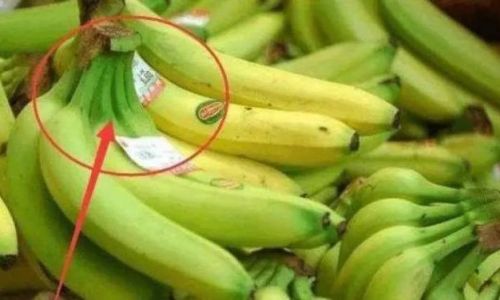


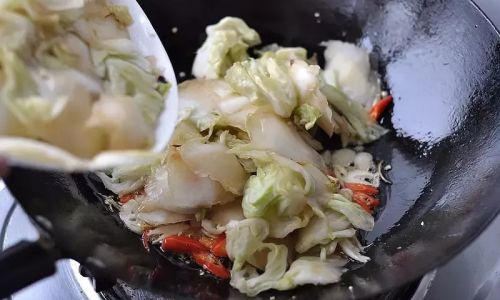
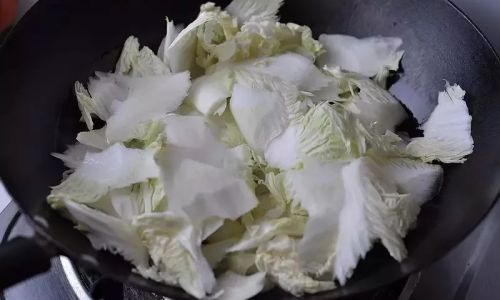

0 comments